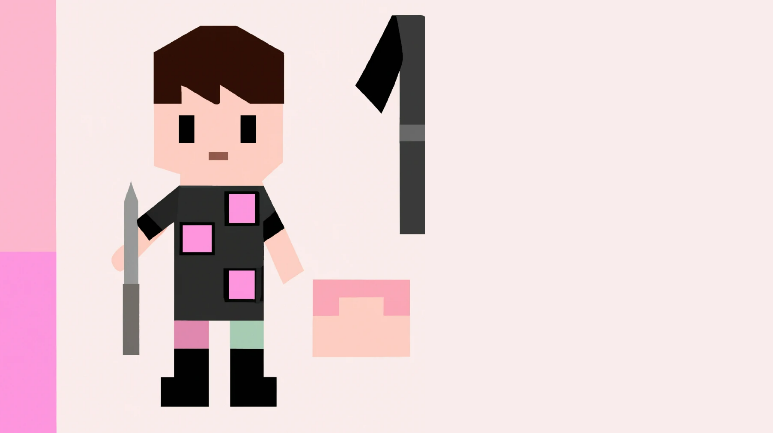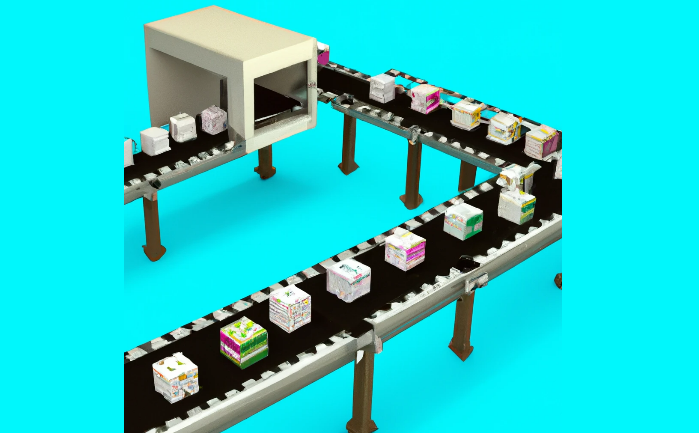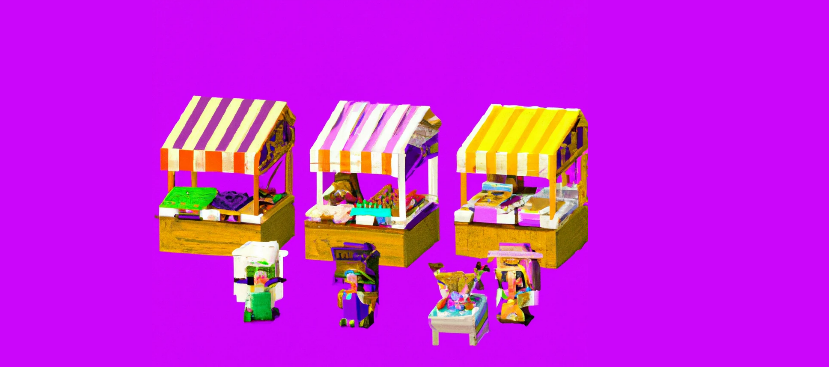How to Create NFT Clothing: A Step by Step Guide to Metaverse Fashion
Why has designing clothing for metaverse avatars become such a profitable venture? There are several reasons. Firstly, as the metaverse expands and becomes more ingrained in our daily lives, the demand for individual expression within this space also increases. Users are willing to spend money to make their NFT avatars unique and representative of their personalities.
This new industry is proving to be more lucrative than traditional clothing design and manufacturing, the production costs associated with digital clothing are much lower than those of physical garments. There’s no need to source materials, manage inventory, or deal with logistics like shipping. Everything is digital, which opens up an entirely new and efficient method of production and distribution.
This guide will provide step by step instructions on how you can create your own NFT clothing brand and sell your first digital clothes!

1. Pick which garment you want to create
Selecting the most profitable garment for your NFT clothing business is based on your audience’s preferences and metaverse fashion trends. Popular NFT marketplaces and social platforms can help you understand which digital outfits or accessories are fetching high prices. Keep an eye on virtual influencers or avatars known for their fashion sense. Determine whether it’s a digital designer dress, a cosmic jacket, or virtual sneakers that have become fashionable. The key is to create garments that can fit all types of avatars for example Mutant Apes and Pudgy Penguins.

2. Choose which Metaverse your NFT will be available in
Decentraland stands out as one of the best metaverses for avatar fashion, due to its established user base and high degree of customization. As a decentralized, NFT focused virtual world on the Ethereum blockchain, it enables users to create, experience, and monetize their content, including NFT clothing. Users can style their avatars with unique digital outfits, which are bought, sold, and traded as NFTs on its internal marketplace. Obviously there are many other metaverses available, but when it comes to fashion Decentraland is king.

3. Design your NFT Clothing
Various software tools can be used to design digital clothing, Adobe Photoshop and Illustrator are fundamental for creating 2D designs. For 3D designs, Marvelous Designer and Clo3D are industry standards, known for their realistic cloth simulations and pattern creation features. Blender is a free and open source 3D software, is also widely used in modelling and animating digital clothing. For a more streamlined approach to designing and tokenizing NFT clothing, platforms like Digitalax and Fabricant offer end to end solutions.

4. Mint your Fashion NFT
Minting a digital garment into an NFT involves encoding it onto a blockchain, giving it unique and non-fungible properties. Using a platform like Ethereum, the digital design file is uploaded and associated with an NFT through a smart contract. It is recommended to create a limited number of NFTs for your collection to create scarcity and prestige, for example only releasing 10,000 pairs of a digital shoes.

5. Launch your digital clothing on NFT marketplaces
OpenSea is an ideal platform to launch NFT collections due to its low listing fees and its massive user base. It supports NFTs minted on Ethereum, Solana, Polygon and many more. Opensea also allows creators to receive a royalty each time their fashion NFT is traded, this is a huge advantage over marketplaces such as Blur which does not allow creators to earn anything beyond the initial sale.
In conclusion, designing and selling clothing for metaverse avatars taps into a confluence of trends: the booming metaverse, the rising demand for personal expression, the increasing value of NFTs, and the efficiencies of a fully digital production pipeline. All these factors combine to create a business opportunity that is not only exciting and innovative, but also incredibly profitable.